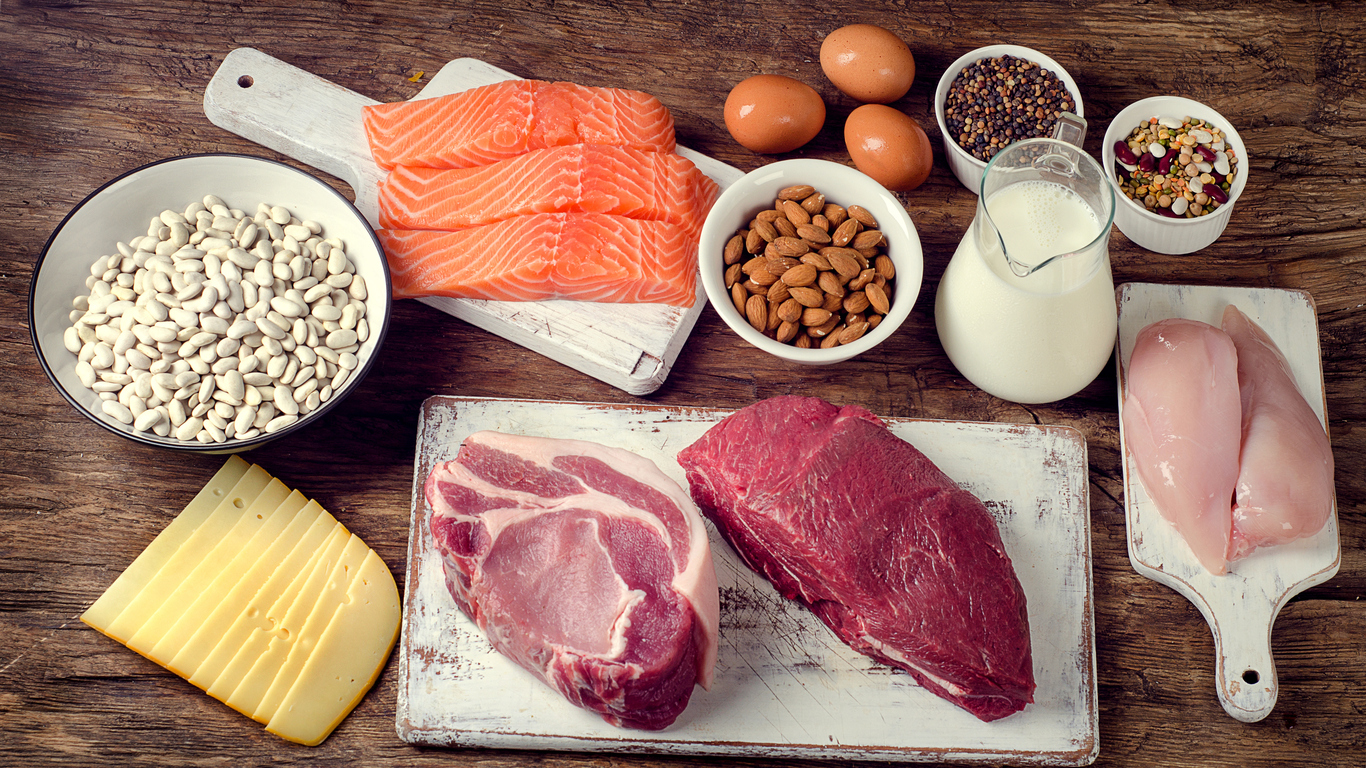Doing a quick Google search of "best way to lose weight," the first suggestion that pops up is "eat a high-protein breakfast." With a few more searches on weight loss and dieting, high-protein seems to be a common phrase in many headlines, including Which High-Protein Diet Is Best: Atkins, Dukan, or Ketogenetic? These diet trends are constantly talked about in news articles and on social media, and they don't seem to be going away any time soon. Protein, in many forms, is in high demand from consumers, and now is the time to cash in on it.
Graph found on Business Insiders' website.
Some may point to religion and culture as to why people eat meat as a source of protein, but economics plays a larger role in this decision. There's a correlation between higher gross national income per capita and larger per capita meat consumption, as shown in the graph from 2011. Although per person animal-based food consumption may be peaking in developed countries where consumption is already high, it is projected to rise in developing countries, especially in emerging economies and in urban areas. Between 1961 and 2009, global average per person consumption of animal-based protein grew by 59%, and total consumption of animal-based food is expected to rise by nearly 80% by 2050. Recent numbers from 2017 show that prediction is right on track.
Animal meat isn’t the only protein trend on the rise though; lab-grown meat has became a topic of conversation. A recent Washington Post article explains “Production of cell-cultured meat involves retrieving a live animal’s adult muscle stem cells and setting them in a nutrient-rich liquid. Proponents claim future techniques could allow these cells to make many burgers without collecting more cells from an animal.” Entomophagy, also known as insect eating, has also joined the protein conversation in recent years. According to Precision Nutrition, the average insect is around half protein by dry weight, while some insects, like locusts, are up to about 75% protein. Even fast food giant McDonald’s is getting in on the trend, and considering using insects for chicken feed to reduce reliance on soy protein.
The demand for healthy protein is at an all-time high, and producers and food scientists are taking traditional foods and trying to make them even more healthy, for example, farmed fish. The Healthy Fish suggests “If your fish comes from a high-quality producer, it will be full of protein, healthy polyunsaturated fats, and essential vitamins.” As far as the rise in fish consumption goes, the volume of farmed fish is expected to increase to approximately 178 million tons by 2025. In the 1960s, a person consumed 25.4 pounds of fish a year on average, and today, the rate of fish consumption amounts to 40.6 pounds per person each year.
Meat (animal and lab-grown), insects, fish, and even eggs are all great sources of protein. KrogerFarms offers investors opportunities to cash in on the growth in protein-focused agriculture.





